Do you love running? This activity not only serves as a form of leisure but also as a form of exercise. It helps you lose weight and stay in shape. To serve its purpose, runners should wear appropriate shoes at all times. Learn what is a neutral running shoe and a stabilizing running shoe to be able to decide on what suits your feet best!
What Is a Running Shoe?
A running shoe is designed to handle the shock of your body weight that is caused by the impact of your foot as it strikes the ground. It comes with a wide range of choices depending on your running needs and styles. Most of the running shoes vary with the amount of cushioning, heel height and flare, and flexibility.
In choosing a perfect pair, you must look into your biomechanics, weight, surfaces available, as well as the shape of your feet. Keep in mind that what’s ideal with one person can be terrible to another. To help you find the best running shoe, let’s take a look into two of its main categories: stabilizing and neutral.
What Is a Stabilizing Running Shoe?
A stabilizing running shoe, also known as structured shoes, is highly recommended for runners with mild to moderate overpronators. This also works best for those with low to normal foot arches.
Runners need this type of shoe, a combination of good support and midsole cushioning, to provide better structure in the instep of the shoe.
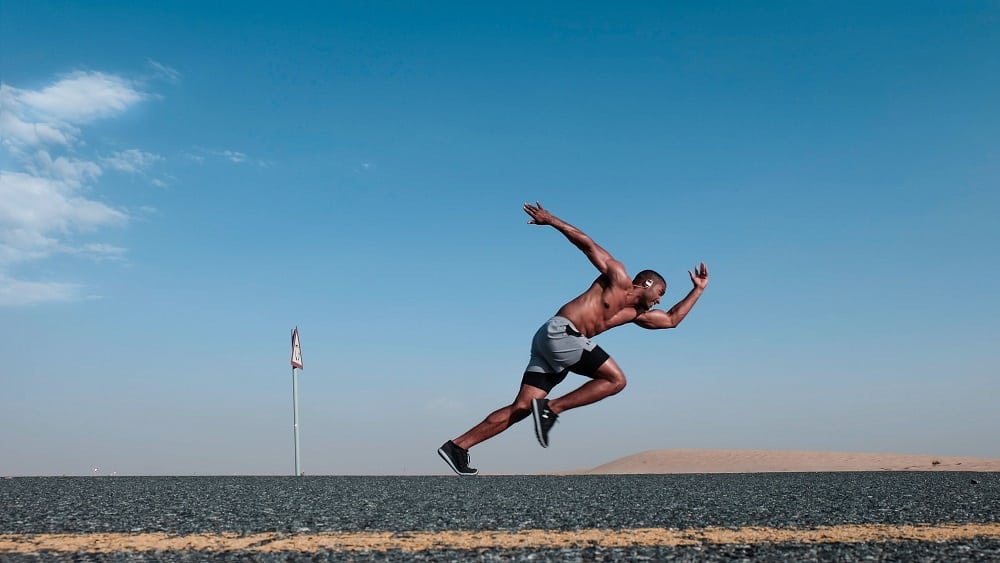
What Is a Neutral Running Shoe?
A neutral running shoe, also known as a cushioned shoe, is designed for people with a neutral gait. They work best for mild pronators, and those who supinate – wherein the tent of the foot tends to roll outward.
This type of shoes is recommended for most runners since it has little to no built-in support. It can either have little cushioning such as in a racing flat or maximum cushioning like in long distance trail shoes. Neutral shoes are best for biomechanically efficient runners and midfoot or forefoot strikers with normal to high arches.
Additionally, these shoes provide shock absorption and some medial support, especially on the arch-side. In fact, some super-cushioned shoes provide greater shock absorption and as much as 50% more cushioning.
What Is the Difference Between Stabilizing Shoes and Neutral Shoes?
Neutral and stabilizing shoes involve two different footwear patterns that help support not only your feet but the entire body. Some of their well-noted differences were as follows:
- Common Foot Patterns
During walking or running, the feet tend to roll inward naturally in an action known as pronation. The excessive rolling of the feet causes overpronation making you prone to knee problems, plantar fasciitis, Achilles tendonitis, tarsal tunnel syndrome, and other conditions.
On the other hand, a supinate refers to a high-arch foot that rolls outward. This condition also puts you at risk to splints, sprain, and fractures. Those whose foot pronates in just the right amount is known to be a neutral runner.
- Fixing the Cause of Feet Ails
Stability shoes are designed for over-pronators. They have added support in the midline of the arch to prevent excessive inward rolling.
Those with supinate should avoid using stability shoes since it will only aggravate the outward rolling of their foot. The stability shoes are also inappropriate for neutral runners who require no corrections. Neutral shoes support those who usually pronate and those who supinate.
- Levels of Support
People suffering from severe overpronators should look beyond stability shoes to motion-control shoes. These shoes combine all the stability features into one to help correct serious flat arches and overpronation.
The stability and motion-control shoes tend to be heavier than the neutral shoes to help the significant wear a pronator puts on the shoes.
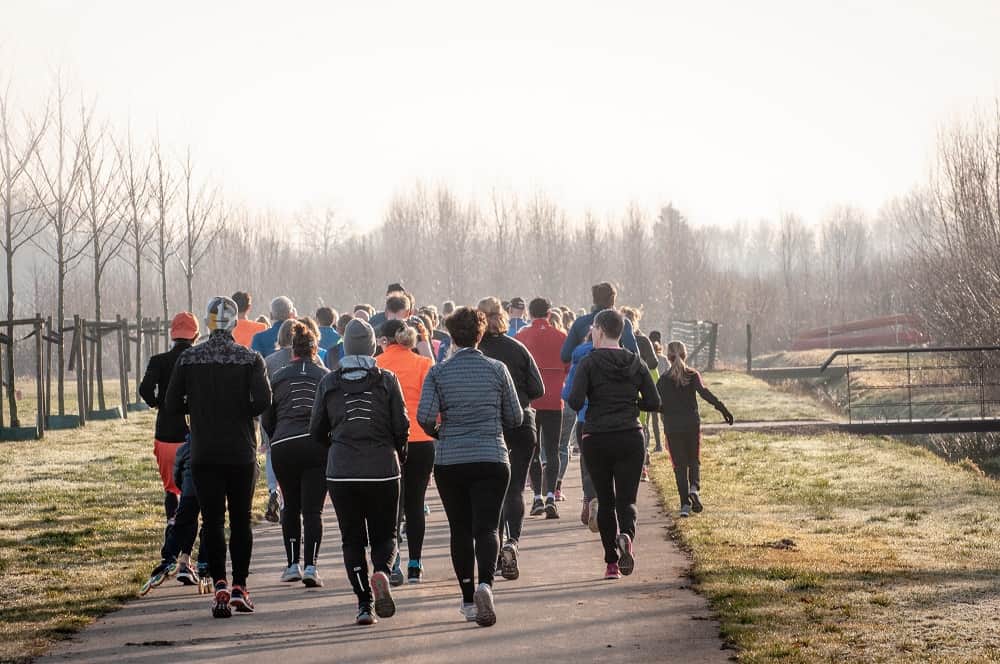
What Are the Other Considerations in Choosing a Running Shoe?
- Shoe Size
When you run, the amount of force you put through on the foot increases. In turn, this causes the foot to spread inside the shoe to a greater degree as compared to walking. The shoes may feel a bit small after a few miles of running. It is therefore important to get your feet measured at a reputable running store before buying a running shoe.
- Comfort
Make sure that your heel is sitting correctly at the back of the shoe once it is fastened. There should be a space, about thumb width, between the top of the big toe and the front of the shoe.
- Foot Strike
Foot strike refers to how your foot makes contact with the floor during running. This will help determine the shoe choice when it comes to cushioning and impact absorption of the foot landing. Some of the common foot strike patterns include heel strike, midfoot strike, and forefoot strike.
- Heel Strike – The heel is on the first part of the shoe during for contact.
- Midfoot Strike – The midfoot is the first part of the shoe during floor contact.
- Forefoot Strike – The ball of the foot is the first part of the shoe during floor contact.
- Changing Shoes
It is highly advisable to replace your running shoes after six months or 300 miles. This is due to the shoe cushioning which tends to lose its springiness and responsiveness through time.
Final Thoughts
Running seems to be a simple workout for staying fit and in shape. However, there are factors to be considered to identify the best shoes to use. One of which is pronation or the natural movement of the foot as it lands on the ground. Every person has different pronation which basically dictates the appropriate type of running shoes to be worn.
Learning what is a neutral running shoe and its difference with the other types of shoes is important. The neutral shoes are best for runners who give excessive tension on the rearfoot and forefoot. They help absorb the shock and allow you to run comfortably and efficiently. On the other hand, stabilizing shoes are perfect for over-pronation to bring the foot to its natural alignment.
With that, the kind of running shoes will depend greatly on the arch type, foot structure, running activity, and pronation of the runner. Always choose the right one to help minimize or prevent the risk of injury.


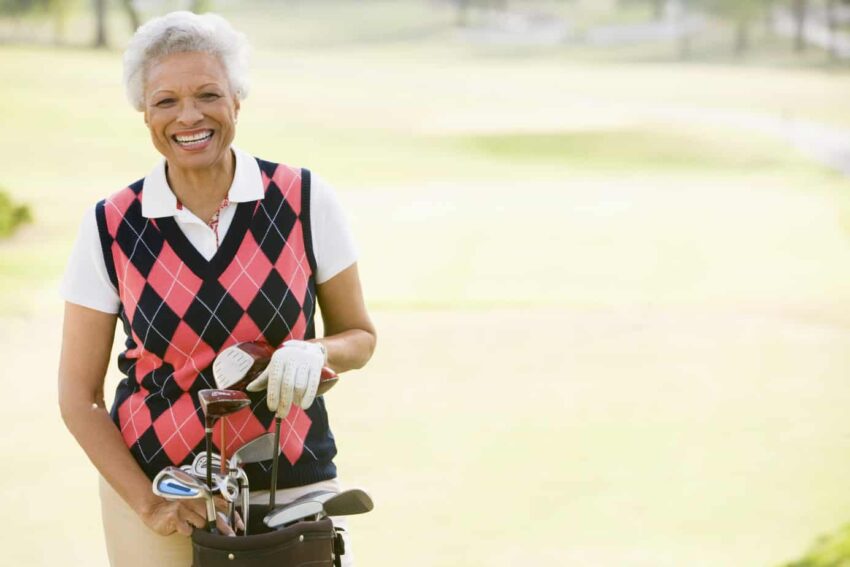

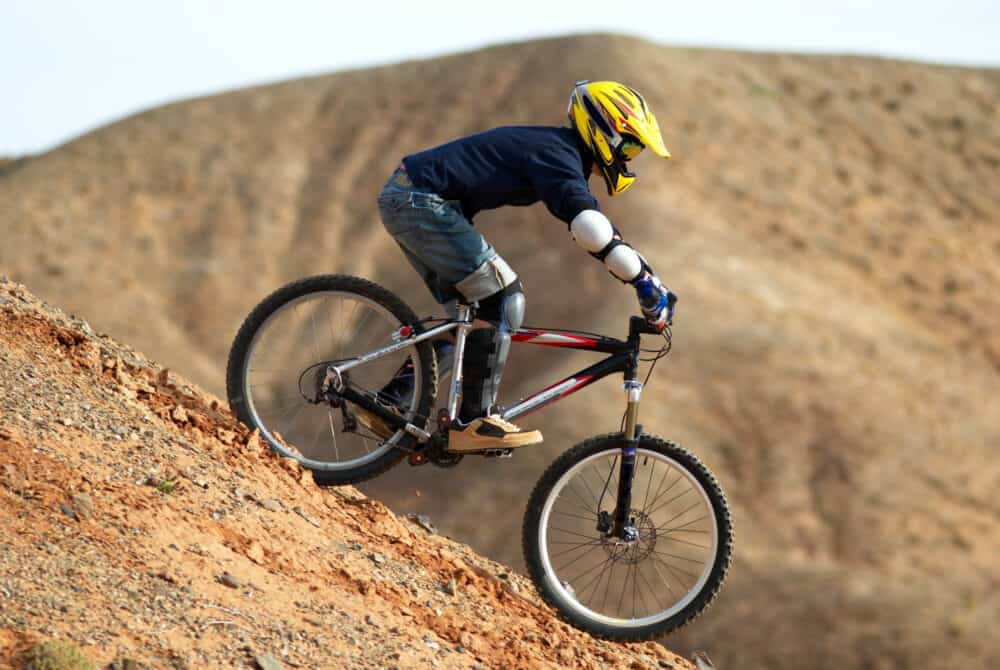

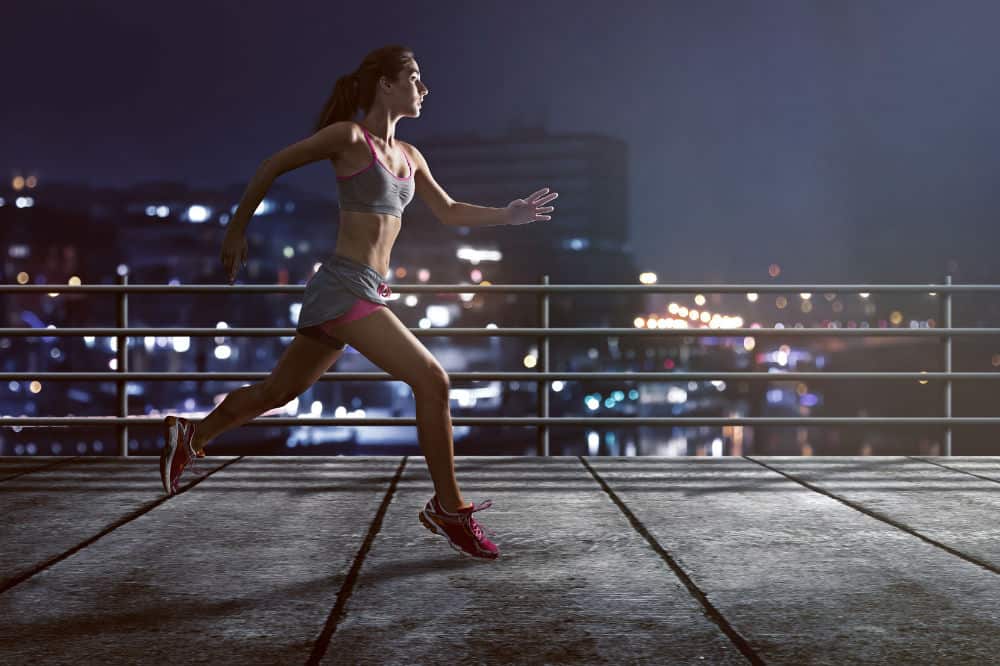


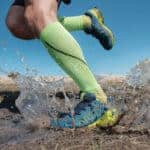


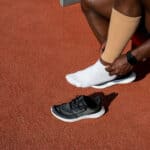

I very recently started running (probably still more like jogging/walking) again and have been looking to purchase new shoes as motivation to keep it up. I am actually a swimmer, so the idea that there is a neutral or a stabilizing type of shoe is completely new to me. So this article is very informative and also very timely for me.
Based on your article, it seems that my foot actually tends to roll inward so I would need stabilizing shoes, right? Is there a specific brand of shoe or specific line within a brand that you recommend offers the best support for running for “over-pronators?” I tend to prefer Nike brand shoes, but to be honest, I choose based on looks, not on the support and that’s probably my first problem :). Any recommendation of shoe brand to consider would go a long way for someone like me! Also, are there soles that can compensate to make a shoe work better for someone if they have the wrong type of running shoe?
-Kaye
Thank you for your kind words.
Yes, when your foot rolled inward, you need stabilizing shoes. Overpronation is the inward rolling of the feet as they hit and launch off the ground. Stability shoes have later on evolved into shoes that do not merely correct overpronation but provide comfort and support to the gait that the runner is most comfortable with it.
My opinion is that you can´t use an extended type of shoes for you and others with a similar problem in the long term. But o motion-control shoes are for sure an option. Running socks and shoes are very important for your leg and because of that for your body too.
About the brands, there are many good shoes on the market now, but I wrote an article which I hope will help you. There are three high shoes reviewed. You can see the review here. Too, there is a lot of information about running shoes in this article.
If I can help you with anything else, or if you have any questions, don´t hesitate to contact me.
Thanks for the article! I have a question though:
When running or jogging, should I stick strictly with running shoes? A couple of months ago I tried doing a treadmill run while wearing basketball shoes. Within the first few steps I noticed that something was wrong and my right foot suddenly had this stinging pain when putting weight on it.
Hello, Mike Viray and thank you.
Yes. You shouldn´t use basketball shoes for running. There is essential knowledge which have been built up through the years about sports shoes. The shoes built with specific sport or activity in mind and that it is crucial to respect it because that means it is a purpose about why the shoes designed and built like the outcome shows.
Basketball focuses on quick movement in all direction and is good at jumping and landing after the jump. That is something running shoes would not have excellent performance. For example, you would not have the critical ankle stability in the running shoes as you have in the basketball shoes.
Using the same ideology, if you run in the basketball, you haven´t the comfort and support that, for example, the motion and cushioned running shoes give you.
If I can help you with anything else, or if you have any questions, don´t hesitate to contact me.
I’m definitely an over-pronator, so I definitely picked up some hot recommendations here. I’m also a forefoot striker. So with over-pronation and forefoot striking, which style of shoe would you recommend for my personal gait. You’ve stated motion control, but what exactly type of shoe would fall into the motion control category?
Hello, Todd Matthews and thank you.
Yes, motion control shoes are for you. I have article, review, of an excellent idea of motion control running shoes here. If you need more ideas, let me know, there area many great shoes on the market these days.
If I can help you with anything else, or if you have any questions, don´t hesitate to contact me.
Awesome post. Your analysis is very interesting, you have covered all the essential detail comprehensively. Everyone in every family worldwide looks for good shoes. I remain puzzled most of the time regarding new launches. Which one would be the best this year and so on!!
I’m glad that I get to read your website which is dedicated specifically for this solution. Can you list your top 3 brands for shoes? Yes, the shoes you have listed are great ones indeed. Would you suggest choosing the shoe product by brand?
Thanks for sharing this useful article. Many will get benefited by this post.
Hello, Akshaysaxena and thank you.
Thank you for your kind words.
These days are so many great brands that it is difficult just to name 3 top brands. Brands like Adidas, Nike, Under Armour, Asics, New Balance, come quickly in mind. There are more, but you can always trust products from these five.
About your question, if we should choose the shoe product by brand, the answer is yes and no.
Yes if you have found a brand where you feel you always like their products. Then you know that there are huge possibilities that you will be happy with shoes from them.
No with that in mind that you need to find out what types of shoes fits best with your a) body and b) the activities you use for example trail or road running. Shoe developments so sometimes come new shoes from brands you haven´t used a lot from before. For instance, I have always been a big fan of Adidas but now are Under Armour equal for my taste because their shoes fit me excellent.
If I can help you with anything else, or if you have any questions, don´t hesitate to contact me.
I’ll admit that I haven’t been on a run since I left the military. I never paid attention to my shoes. All I cared about was the fit and if they were comfortable.
Now I’m out of shape and looking to get back into running. I have a pretty low arch so would you recommend the neutral running shoes right away? Also, do you have any suggestions on brands of shoes? I never paid attention to brand. Just wondering what true runners use. Thanks in advance.
Hello, David and thank you.
Thank you for your kind words.
It is essential to feel comfortable in your shoes. But as you mention there are more things which are vital to adding when you decided which shoes you want to use.
There are many top brands in the market now — brands which have proven their quality and knowledge about running shoes. For example Nike, Under Armour, New Balance, Asics, Saucony and Adidas to give you an idea.
If I can help you with anything else, or if you have any questions, don´t hesitate to contact me.
This is a great article! I just never thought of buying shoes based on how your footsteps. Makes a lot of sense! While I’m not much for a runner I do walk a lot. Do you think this is still ideal?
How often should I change running shoes?
Thanks for sharing
Hello, Sherry and thank you.
Thank you for your kind words.
You should change running shoes after 6 months or 300 miles. it is due to the shoe cushioning which tends to lose its springiness and responsiveness through time.
You ask if you should keep walking to get in shape instead of running. Walking is an excellent training form and, sadly, hugely underestimated. It is right for your body, and you should keep walking without a doubt! What is most important that you are active and if you feel better walking rather than running, you should do it as I said before. And you can use the same running shoes for it!
If I can help you with anything else, or if you have any questions, don´t hesitate to contact me.